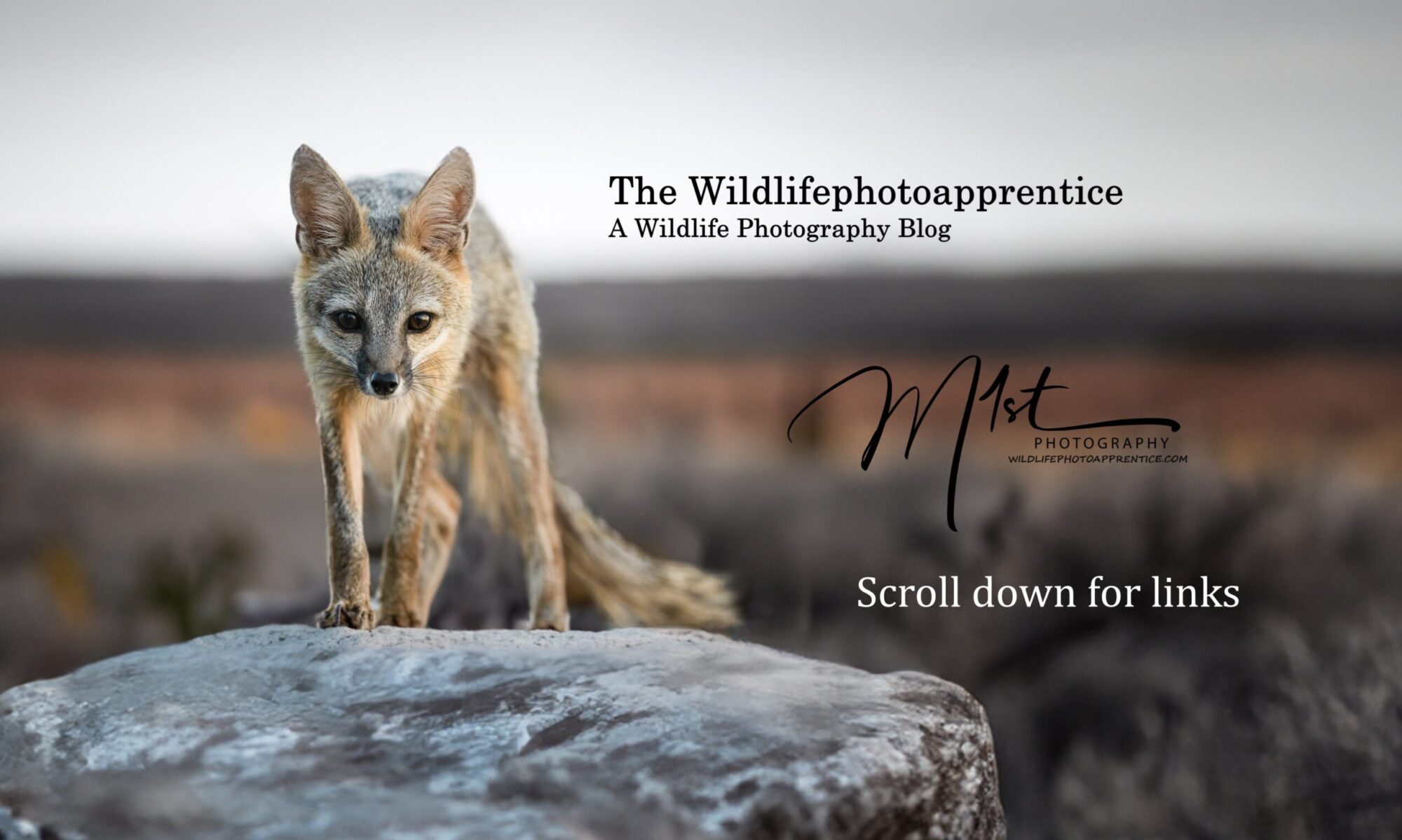Nature never ceases to amaze us with its vast array of creatures, each occupying a unique niche in the ecosystem. Observing and understanding animals in their natural habitat can be an enriching and educational experience. As a wildlife photographer one skill that can greatly enhance your wildlife encounters and thus photographic opportunities, is animal tracking. Tracking allows us to follow in the footsteps of our wild neighbors, deciphering their movements, and behaviors, and even gaining insight into their survival strategies. In this post, we will explore the art of animal tracking so you can use these skills to improve your wildlife photography.
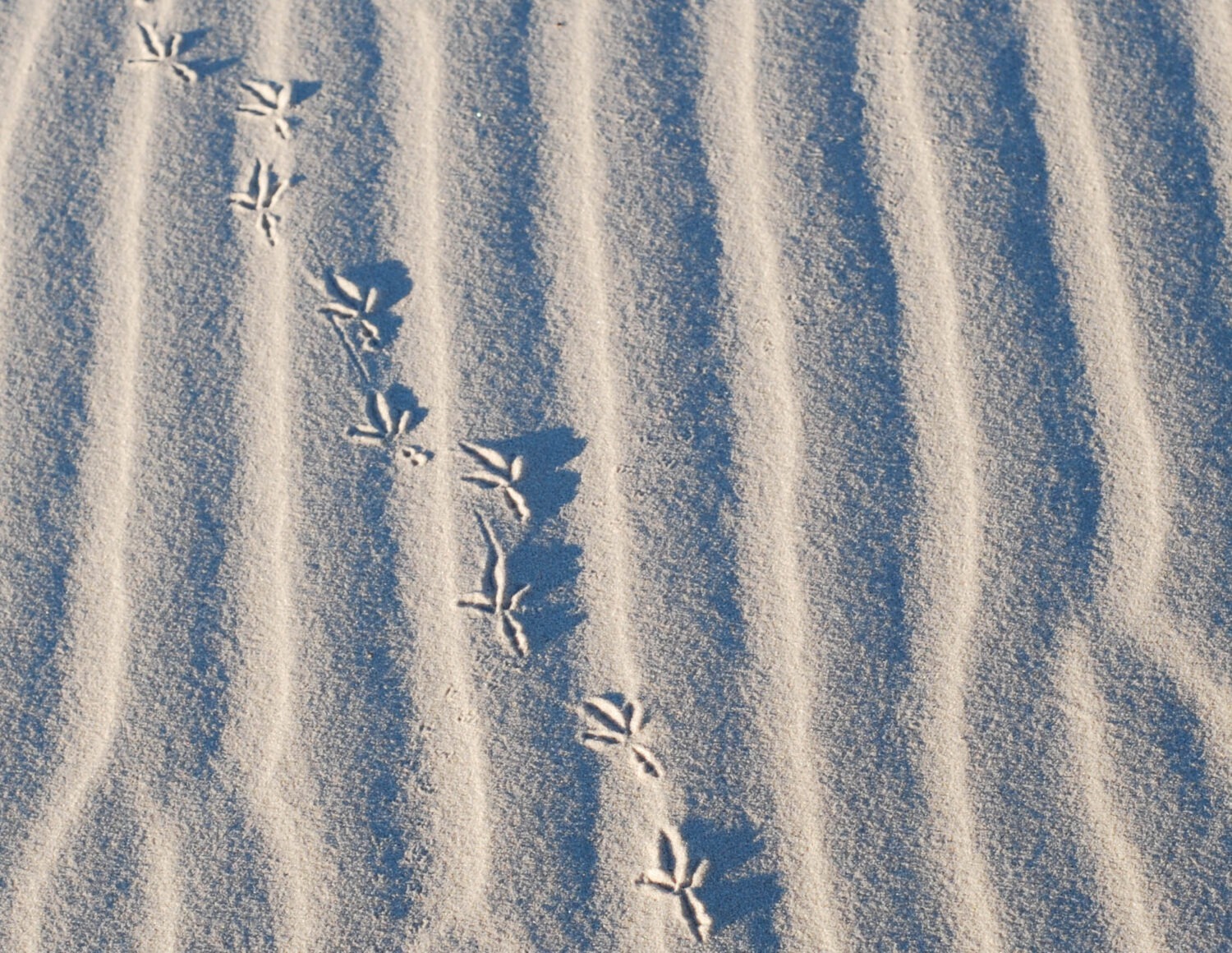
The first step in animal tracking is keen observation. Spend time in nature, whether it’s a forest, a meadow, or a desert, and learn to notice signs of animal presence. Look for tracks, scat (animal droppings), feathers, fur, and other physical signs that animals leave behind. Take note of the size, shape, and patterns of tracks, as well as the habitat in which they are found. The more you observe, the more familiar you become with the different species and their distinctive signs. For a more in-depth understanding check out Petersons Field Guide to Animal Tracks available on Amazon.

To become an effective tracker, you must learn to identify different animal tracks. Learning to track is like learning to read: Before you can begin making out meaningful words, sentences, and paragraphs, you have to know the alphabet. The ABCs of tracking are the distinctive prints of various species of animals. The specific track patterns, number of toes, claw marks, and other distinguishing features all come together to allow you to identify a particular animal just by its tracks. Felines, canines, rodents, and other families of animals have very characteristic tracks. For example, felines have tracks with four toes apparent on each foot but no claw marks because their claws are usually retracted. The cats are the only family of animals that directly register when they walk, which means that a hind foot usually falls directly into the print made by a front foot, creating what appears to be a single track. All canines other than foxes, on the other hand, show an indirect register, meaning that the back foot’s mark falls slightly behind and to one side of the front print. There are four distinctive walking patterns that can help identify the animal that left the track in question. Diagonal walkers like cats, dogs, and hoofed animals. Bounders include members of the Weasel family. Gallopers are animals such as rabbits. Pacers include such wide-bodied animals as raccoons, opossums, bears, beavers, porcupines, wolverines, badgers, and skunks. You can see that by becoming knowledgeable about animal tracks, you’ll be able to identify the species, approximate size, and sometimes even the age and gender of the animal responsible.
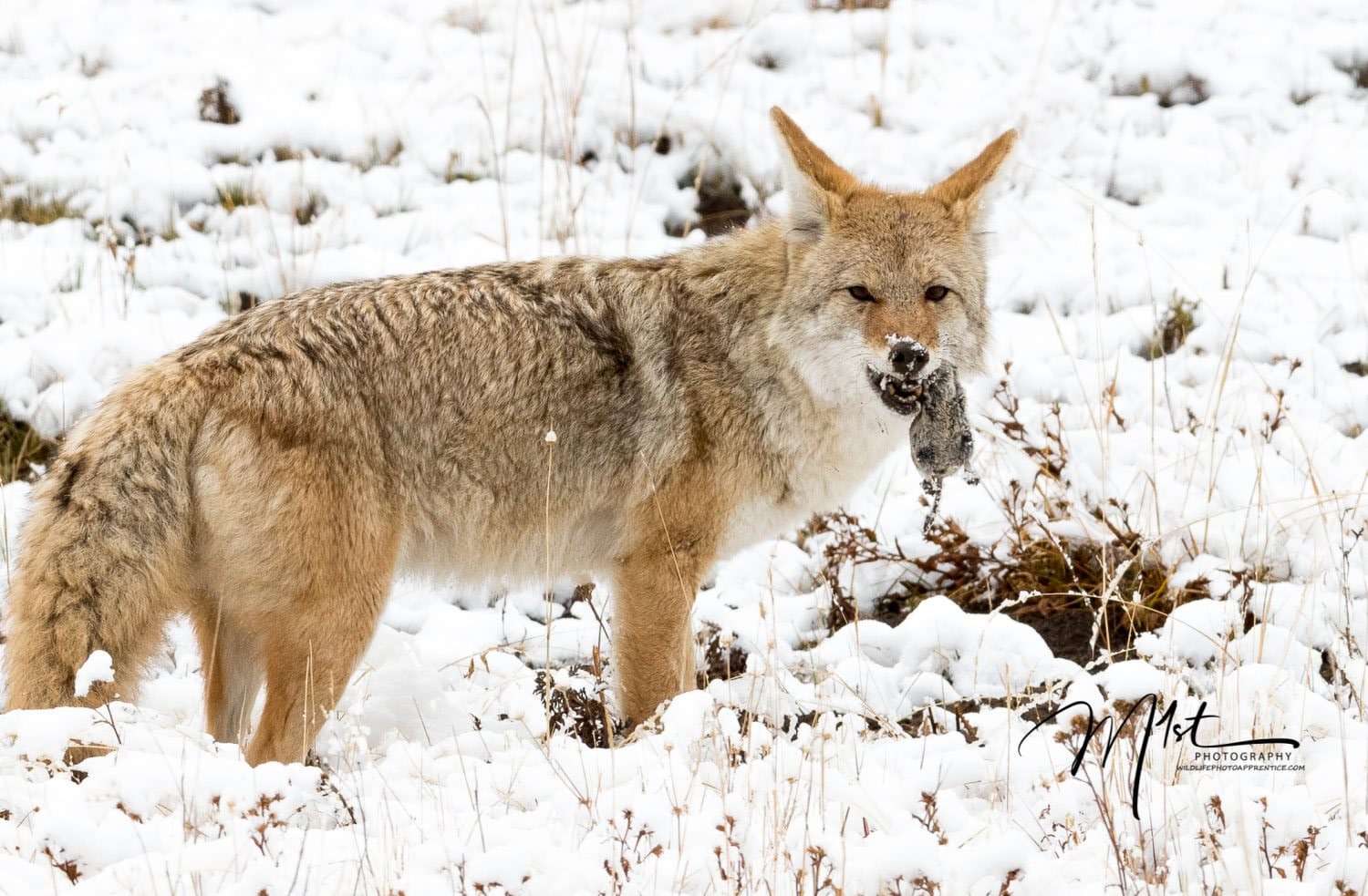
Naturally, the best places to begin tracking are areas covered with wet sand, soft mud, or new snow. Beaches, creek beds, plains, and desert areas are usually excellent learning spots since tracks made in soft earth are typically quite distinct and easy to read. Begin by spending time where animal activity is abundant. Familiarize yourself with field guides and resources specific to your region, which can help you identify different animal species and their associated tracks. Practice tracking regularly, both in the field and by studying photographs or castings of tracks, to train your eye and sharpen your skills.
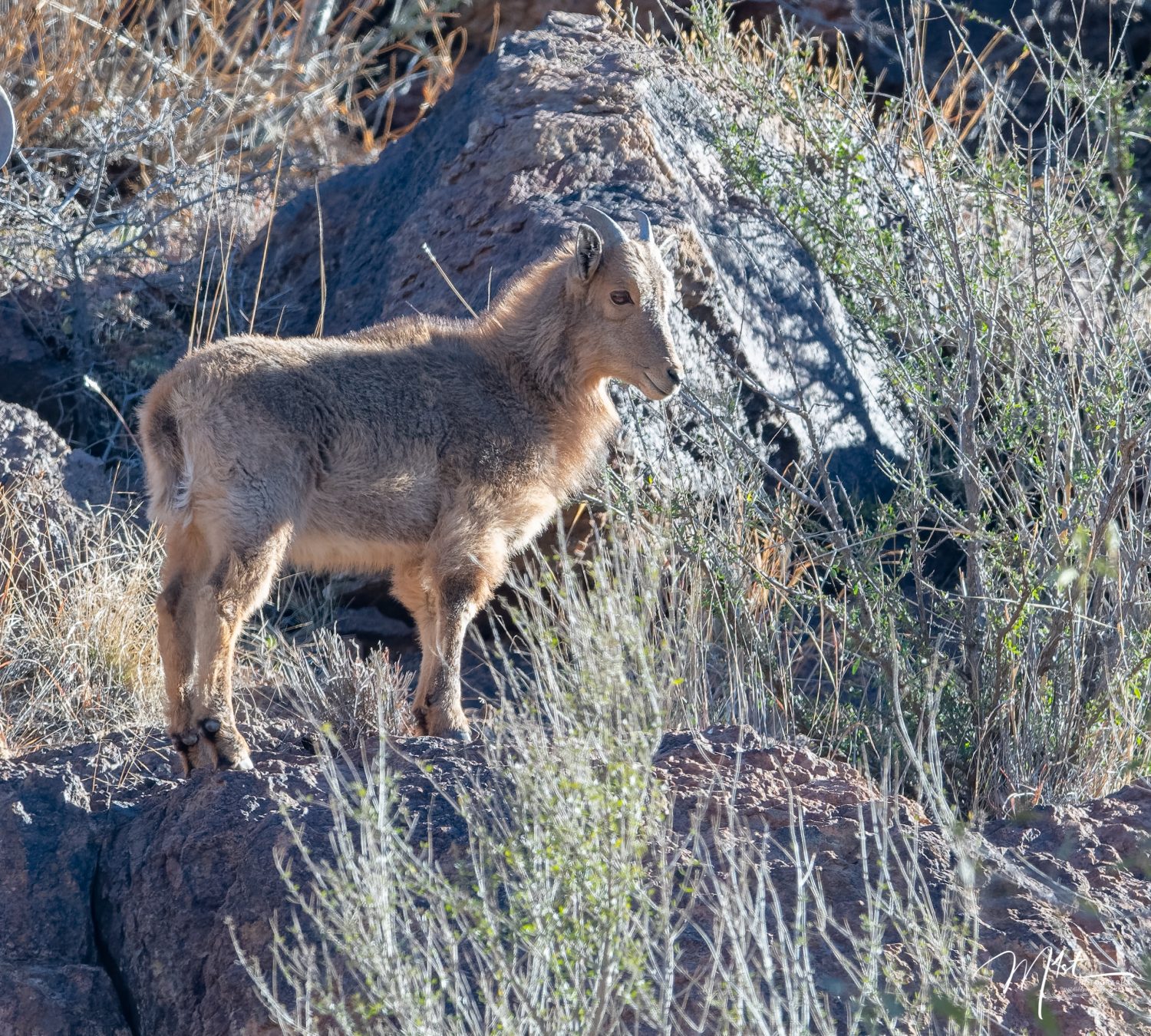
Determining the freshness of animal tracks can be a valuable skill for tracking wildlife. While it’s difficult to determine the exact time an animal passed by, you can look for certain signs to estimate the relative freshness of their tracks. Here are some indicators to look for. Fresh tracks tend to have sharper edges and clearer details compared to older tracks. Look for well-defined outlines and imprints that appear relatively undisturbed. If the tracks appear to be smudged or have fuzzy edges, it may indicate that wind, rain, or other environmental factors have started to degrade them. This suggests that the tracks are not as fresh. Tracks in damp or moist areas, such as mud, may retain moisture for longer periods. If the tracks are still wet or have a higher moisture content, they are likely fresher than dried-out tracks. Assess the presence of any debris or disturbance within the tracks. Fresh tracks are less likely to have leaves, dust, or other materials accumulated within them. Additionally, if there are signs of recent disturbance, such as fallen leaves on top of the tracks, it indicates that the tracks are older. If you have knowledge of recent weather conditions, such as rain or snowfall, it can provide additional clues. Fresh tracks will not have been covered or distorted by subsequent weather events. Remember that these indicators are not foolproof, and the accuracy of assessing track freshness can vary depending on various factors. Experience and familiarity with the local environment and animal behavior can greatly enhance your ability to determine track freshness accurately.
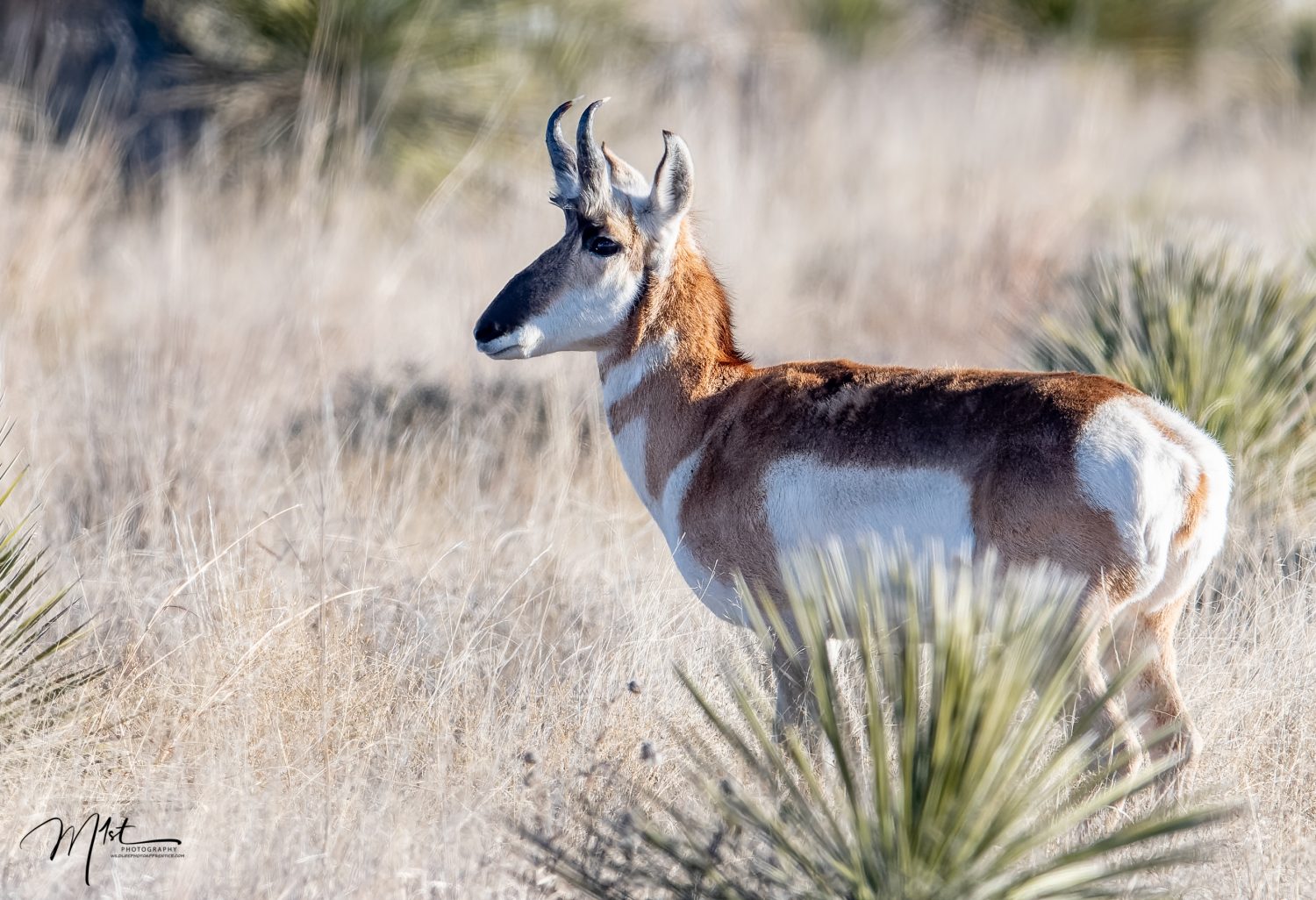
While tracks are an essential clue, successful tracking also involves recognizing other signs and patterns in the environment. These signs, often referred to as “signs of presence,” can provide valuable information about the animals that inhabit an area. The presence of feathers, fur, or hair can indicate the type of animal that has passed through an area. These remnants can be found on branches, in nests, or caught on vegetation. Animal nests, burrows, or dens are clear indicators of animal activity. Look for structures like bird nests, squirrel dreys, or underground dens that can help identify the species present. Many animals leave distinctive signs when feeding on plants or gnawing on trees. Look for freshly chewed or stripped bark, damaged vegetation, or the presence of gnaw marks on branches. Predators and scavengers often leave behind feeding remains, such as carcasses, bones, or leftover food. These remnants can provide insights into the presence and feeding habits of certain animals. The sounds and calls produced by animals can be distinct and can help locate them. By familiarizing yourself with the vocalizations of different species, you can detect their presence even when they are not visible. Apart from footprints, animals can leave other types of trails, such as drag marks, tail drags, or wing imprints. These trails can offer additional information about the animal’s behavior and movement. Understanding the interplay between animal behavior and the surrounding landscape will enable you to predict their movements and increase your tracking success.

Scat can tell an incredible amount about the animals that leave it. Scat tells you the type of animal by its size, shape, and consistency. It tells you what the animal has been eating. Animals leave scat in areas in which they feel safe. This means that it is a good area to look for animals. Scat is often found near lays. Several characteristics of the scat you’re looking at are important. The shape of the scat for instance will help tell the family of the animal you are tracking. Tubular scat indicates the canine family, raccoon, skunks, or possum, while cats produce tapered or teardrop scat. On the other hand, foxes have tubular scat that is tapered on both ends in between canines and cats. It’s important to note that identifying scat accurately can be challenging, as factors like diet, age, and health of the animal can influence its appearance. To improve your scat identification skills, refer to field guides or seek guidance from local wildlife experts who can provide more specific information about the animal species in your area.
Tracking requires patience and a calm approach. Animals are often sensitive to human presence, and sudden movements or loud noises can scare them away. Move quietly, paying attention to your own footfalls, and try to blend in with the surroundings. Take breaks and sit silently, allowing animals to regain their confidence and carry on with their natural behaviors. The more you practice patience and stealth, the closer you can get to the animals you are tracking.
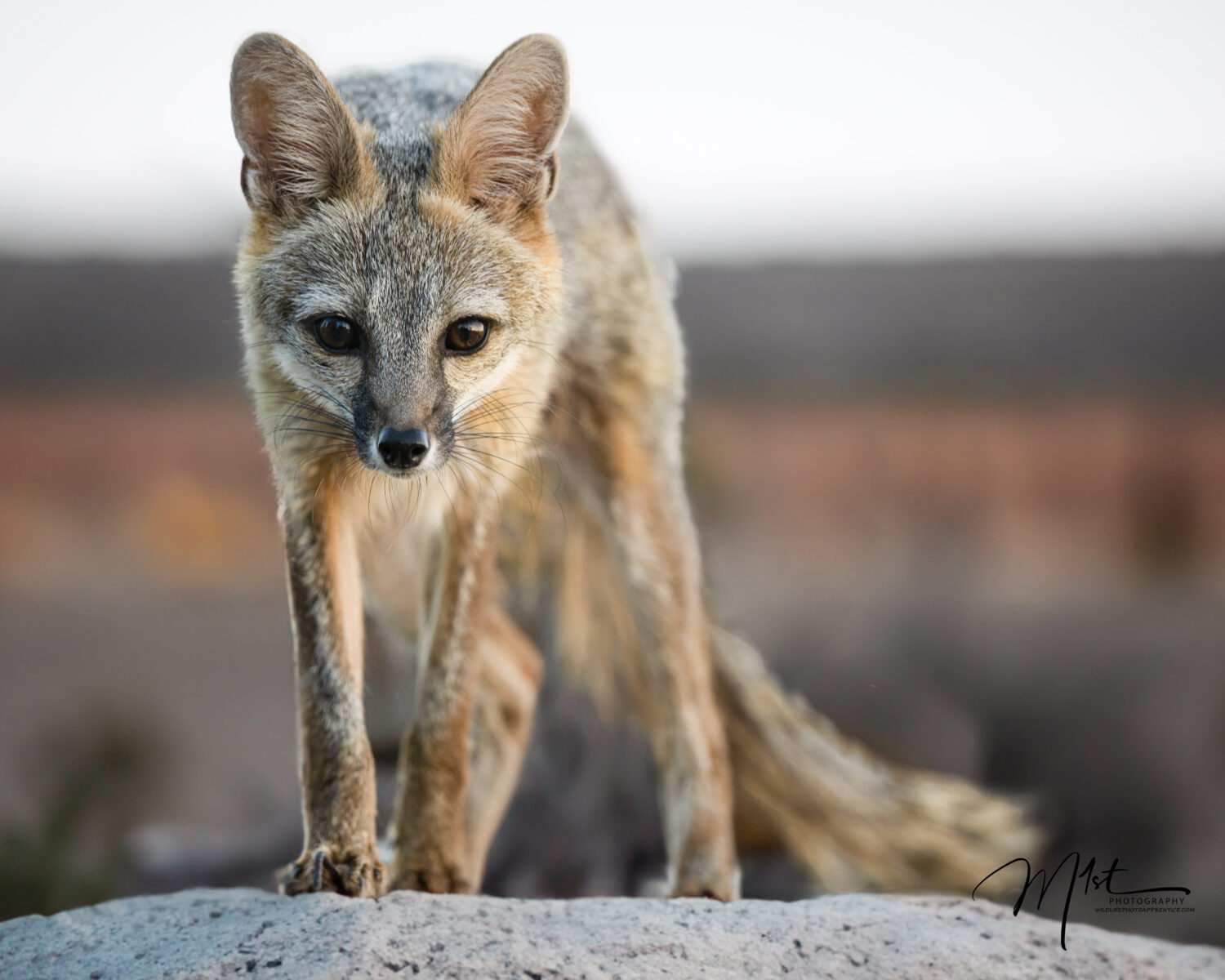
A word about game trails
A game trail, also known as an animal trail or wildlife trail, refers to a path or route created by animals as they move through their natural habitat. These trails are formed over time as animals repeatedly travel along the same route, typically in search of food, water, shelter, or during their regular migration patterns. They serve as important thoroughfares for animals, allowing them to navigate their surroundings more efficiently and with less resistance. Identifying them is an essential part of tracking and finding animals to photograph. Game trails can vary in width, ranging from narrow tracks barely wide enough for a single animal to wider paths used by larger animals or herds. Some trails may be well-defined, while others may be more subtle and harder to spot. They can extend for short distances or cover long distances, depending on the animal’s needs and the landscape.
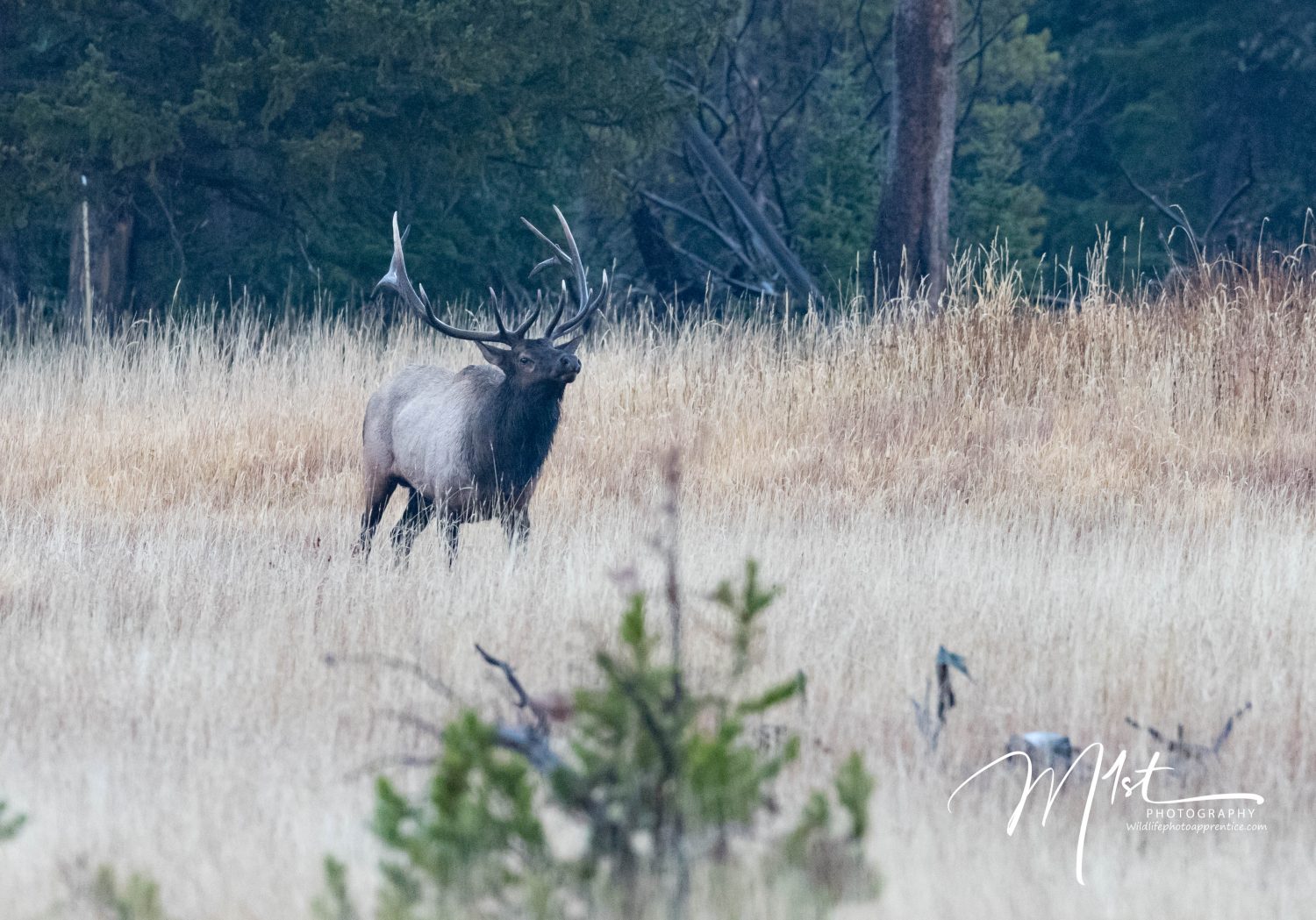
The formation of game trails is influenced by several factors, such as the behavior and movement patterns of the animals, the availability of resources, and the topography of the land. Animals often choose the path of least resistance, following contours or natural openings in the vegetation. Over time, their repeated use of the same route wears down the vegetation and creates a visible trail. Positioning yourself along a portion of a game trail and being stealthy can greatly increase your chances of getting the wildlife photos you are seeking.
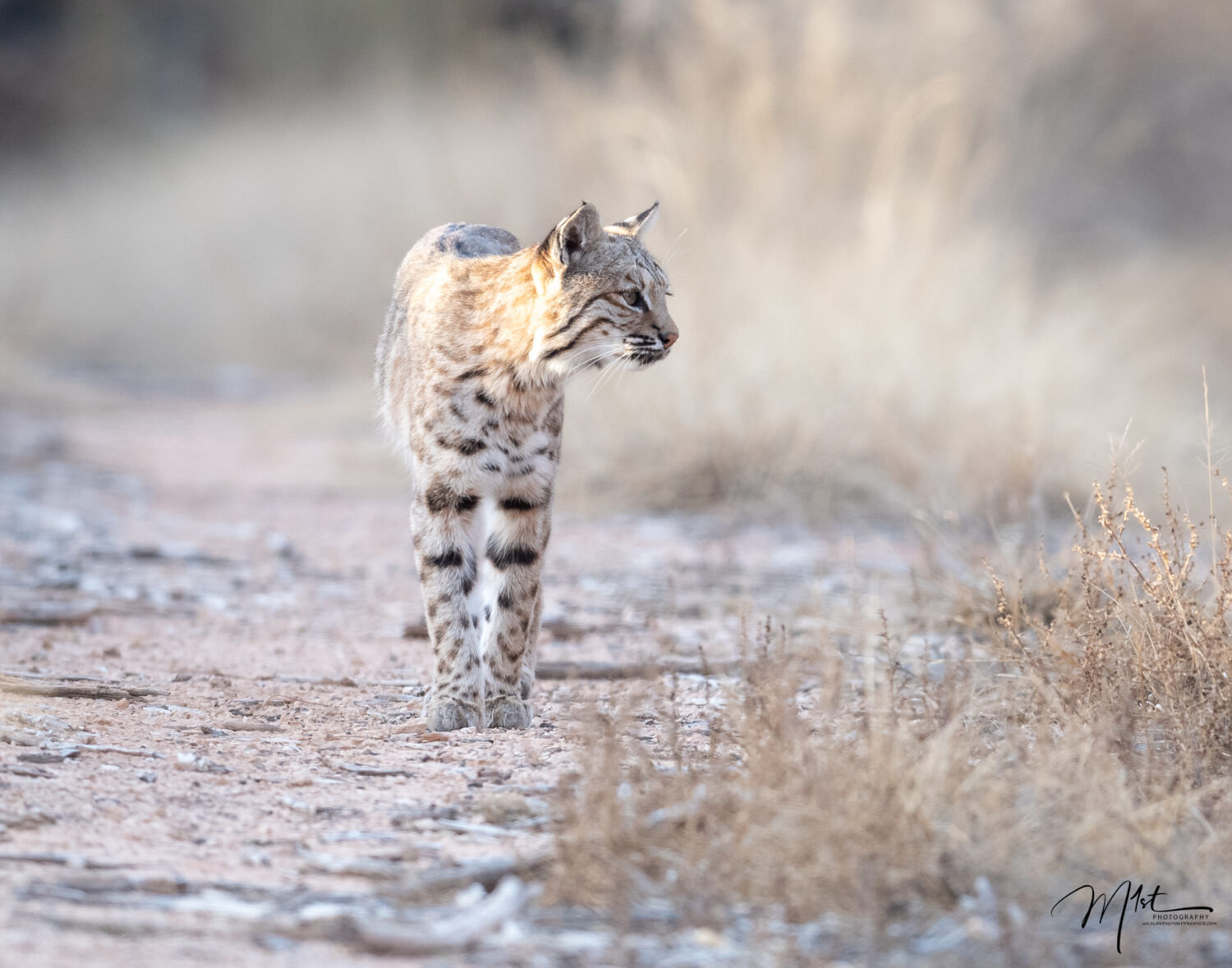
It’s important to note that while game trails offer a fascinating opportunity to connect with nature and witness wildlife, it is crucial to practice responsible behavior and avoid disturbing or damaging the trails or their surroundings. Respecting the animals and their habitat is paramount, ensuring their continued use of these important paths for their survival.
Animal tracking is an ancient art that connects us to the natural world in profound ways. By developing your tracking abilities, you’ll unlock a treasure trove of knowledge about the animals around you. Remember, tracking is not merely about finding footprints; it’s about immersing yourself in the lives of these fascinating creatures and understanding their place in the intricate tapestry of nature. So grab your field guide, lace up your boots, and embark on a journey of discovery through the captivating world of animal tracking. Happy trails!
